Facilities
1. Nursing Simulation Ward
The nursing simulation ward is primarily used for students to learn about physical examination and primary care. The facilities of the ward include a nursing station, hospital beds, bedside tables, over-bed tables, nursing carts, simulated-patient mannequins, advanced simulated-patient mannequins, stretchers, dressing carts, one mobile nursing station cart, wheelchairs, CPR training manikins, facial inspection mirrors, ear thermometers, blood-pressure monitors, stethoscopes, and all other standard apparatus required by teachers and students for instruction, demonstration, and self-demonstration of techniques in all nursing-care areas.
The nursing simulation ward is also equipped with LCD TV, projector, multimedia DVD player, computer, internet services, and large-sized electronic screen in order to create an e-learning environment. In addition, there are several anatomical models of various systems (including a complete anatomical model of the human body, electronic model of cardiac blood flow, models of the trachea, eyes, heart, brain, kidneys, and breasts), and models of a foetus, of childbirth, and of a pediatric stool in the display cabinets. Outside the simulation ward, health-education signboards display information for teachers and students about assistive devices for people with disabilities and supportive materials for game therapy and music therapy.
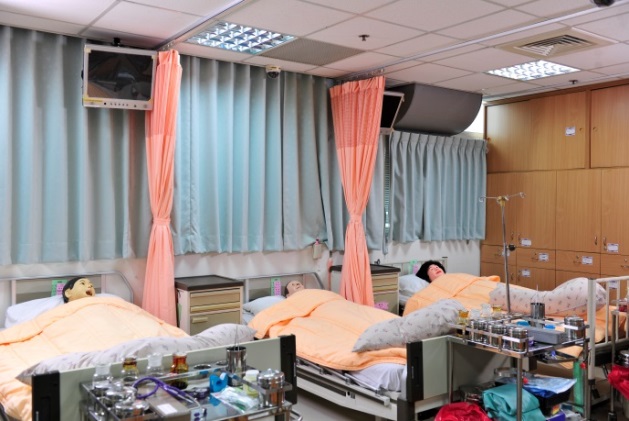
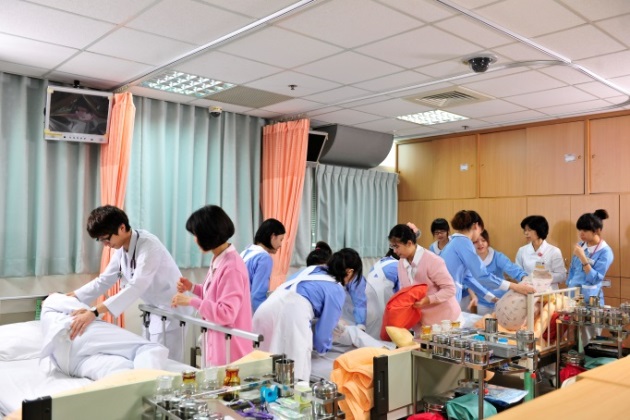
2. Computer laboratory:
1) Equipment: 25 personal computers, audio-visual equipment, photocopying machine and statistical software.
2) Users: open to all students enrolled in the program, faculty and staff.
3) Hours of operation: Mon.-Fri. 08:00-17:00, except for holidays. Hours during winter and summer breaks will be announced accordingly.
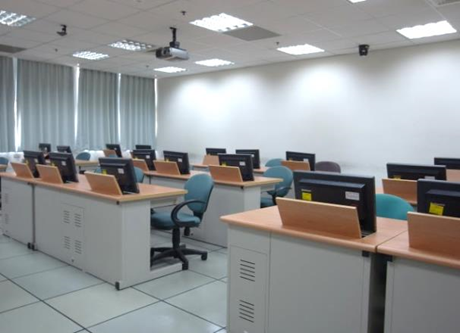
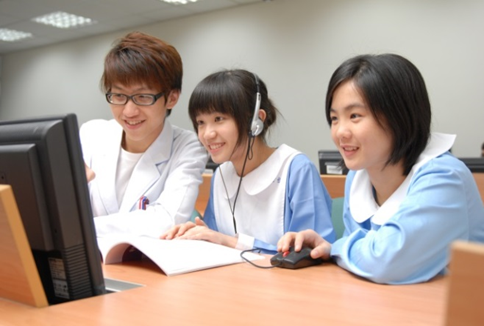
3. Conference rooms:
1) Equipment: each room is equipped with computers and projectors.
2) Users: open to all students enrolled in the program, including faculty and staff.
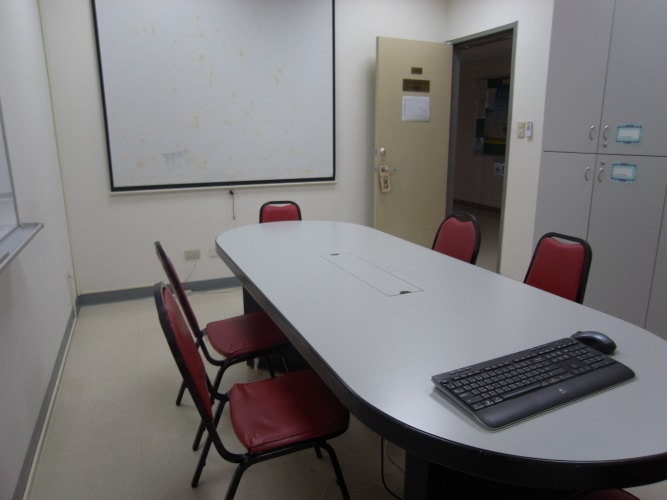
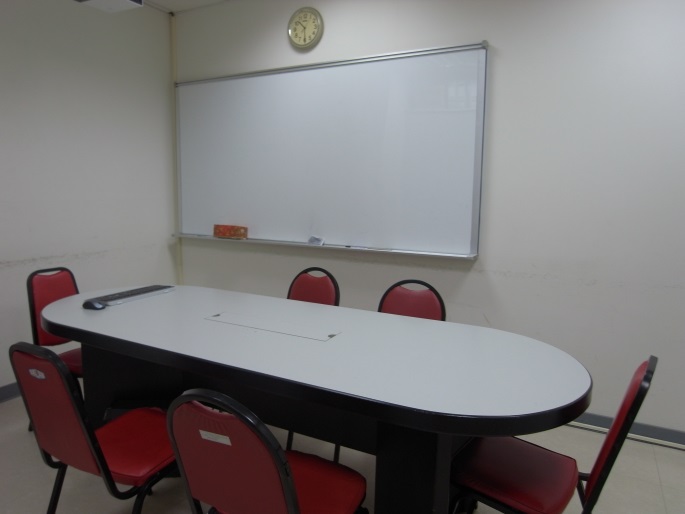
4. Laboratories:
According to the research attributes, the laboratories are divided into the following four categories: the Health promotion laboratory, Cognitive-behavior laboratory, Exercise science laboratory, and Bio-behavior laboratory. Currently, there are a total of 38 teaching equipments, and 74 research equipments.
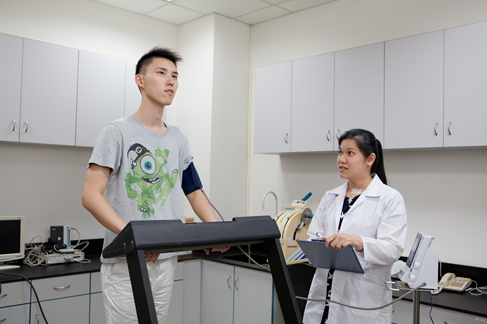
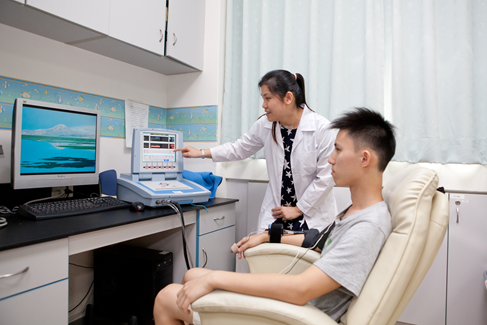
Exercise Science Laboratory Biobehavioral Laboratory
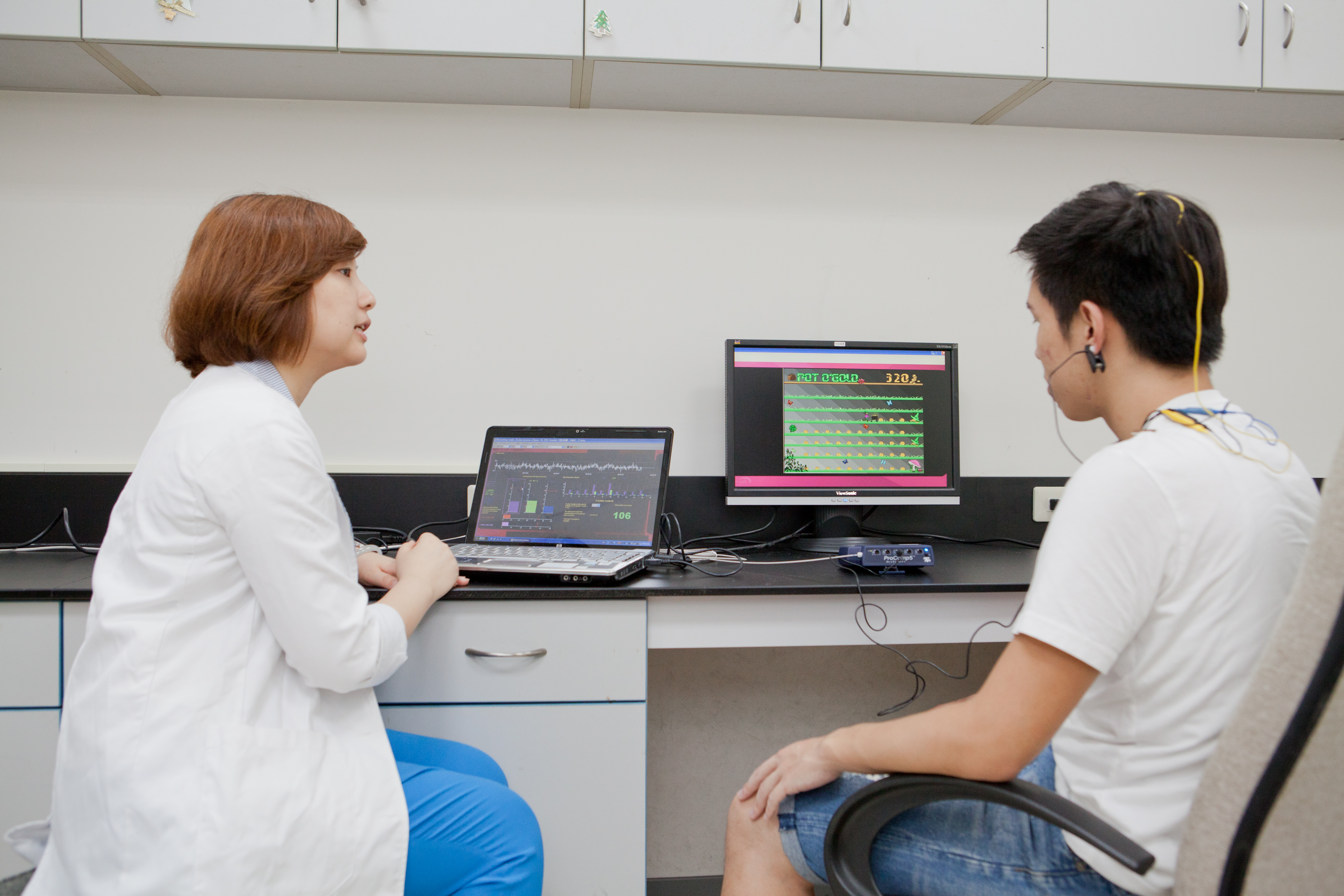
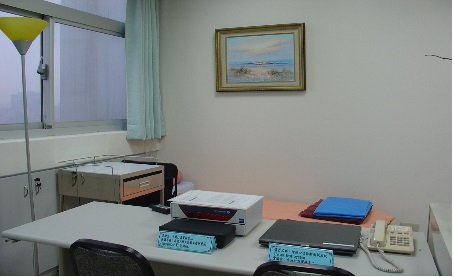
Health Promotion Laboratory Cognitive Behavioral Laboratory








